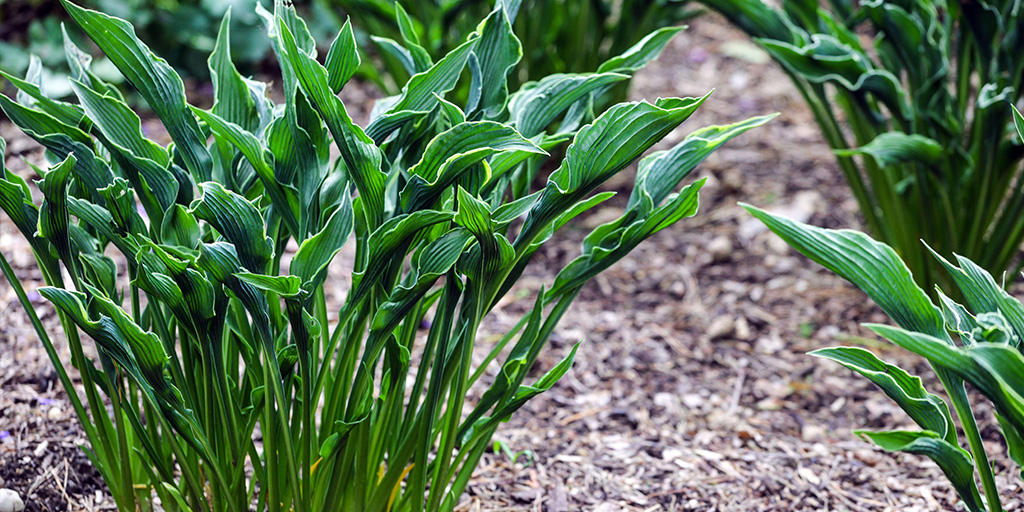
How to grow hostas
Hostas are a popular choice for gardeners due to their attractive foliage, ease of maintenance, and versatility in different planting schemes. These shade-loving perennials are perfect for adding texture and colour to garden beds, borders, and containers. If you're thinking about growing Hostas in your garden, here are some tips to help them thrive.
Some of our favourite hostas:
Choose the Right Site
They prefer partial to full shade, making them a great option for areas in your garden that receive limited direct sunlight. Ideally, the site should receive morning sun and afternoon shade, but they can also grow well in dappled shade or filtered light. Keep in mind that too much sun can cause the leaves to scorch or wilt.
Provide Adequate Watering
Hostas require consistent moisture, especially during their growing season. Make sure to water them regularly, especially during dry spells, to prevent the soil from drying out. It's also important to avoid overwatering, as this can lead to root rot or other fungal diseases. A good rule of thumb is to water deeply once a week, or whenever the top inch of soil feels dry to the touch.
Ensure Proper Soil Conditions
Well-draining, moist soil that is rich in organic matter is ideal. A soil pH between 6.0 and 7.5 is ideal for optimal growth. If your soil is too heavy or clay-like, amend it with organic matter, such as compost or leaf mold, to improve drainage and fertility.
Provide Adequate Air Circulation
Hostas benefit from good air circulation, which helps to prevent disease and pests. Avoid planting them too close together, and make sure to prune back any nearby foliage or weeds that could impede airflow.
Fertilise Regularly
We recommend regular fertilisation, especially in the early spring when they begin to emerge from dormancy. Use a balanced fertiliser with equal parts nitrogen, phosphorus, and potassium, or a specialised hosta fertiliser. Avoid over-fertilising, as this can lead to excessive foliage growth and decreased flowering.
Protect from Pests and Disease
One downside to hostas is they are susceptible to a variety of pests and diseases, including slugs, snails, and fungal infections. To prevent slug and snail damage, use physical barriers, such as copper tape, or apply a slug and snail bait. Additionally, avoid overhead watering, which can encourage fungal growth.
Hostas are a beautiful and versatile plant that can thrive with the right care and maintenance. By choosing the right site, providing adequate water and soil conditions, ensuring proper air circulation, fertilizing regularly, and protecting from pests and disease, you can enjoy thriving hostas in your garden for years to come.
By Webbs


